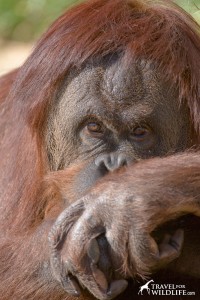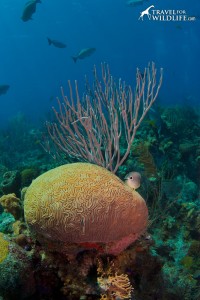There are a lot of great things a person can do to help wildlife. Some people take a conservation vacation, others donate money, some buy an electric car to cut down on their greenhouse gas emissions. But you don’t have to spend thousands of dollars to help save endangered animals. In fact, it is the small decisions in our everyday life that can have the biggest impact on our wild world.
We can all make a difference, every day. Here we’ve collected five little things that can make a big difference, changes that can be made in the blink of an eye. And the results are worth it.
1 – Say no to cosmetics that contain microbeads
Microbeads are tiny beads made out of plastic, found in cosmetics such as toothpaste and body/facial scrubs.
These tiny beads end up going down our drains and straight to our sewage plants. But these plants aren’t designed to cope with microbeads and they end up floating into our rivers and oceans. Animals like birds, fish, and turtles ingest them believing they are tiny fish eggs. Not only this is detrimental to these animals via bioaccumulation of plastics in their bodies, but it also decrease their food absorption, leading to starvation. This plastic chain also has a direct effect on humans as we consume the plastic-filled fish.
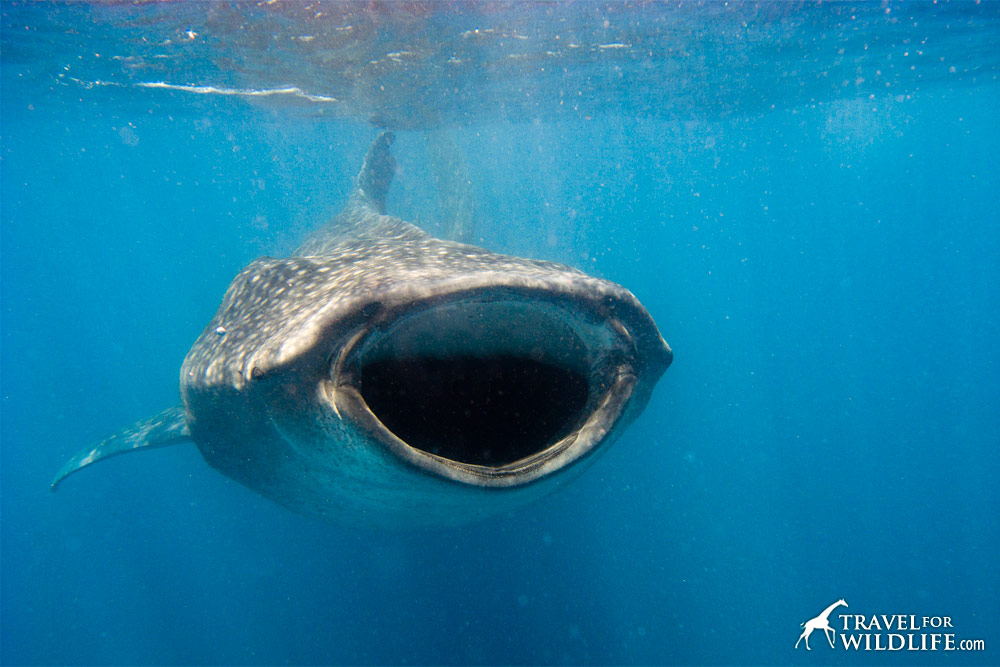
You might not be able to see these tiny beads but the problem is here, and it is huge. 5Gyres, an organization dedicated to reducing plastic pollution in our oceans, found microbead concentrations of no less than 450,000 per square kilometer just in Lake Erie!
A lot of work has been done to prohibit these microbeads. For example, the Microbead-Free Waters Act of 2015 was introduced last March, banning cosmetics that contain synthetic plastic microbeads, beginning on January 1, 2018. This is still two years away, so until then it is our responsibility to insure that no more microbeads reach our rivers and marine environments.
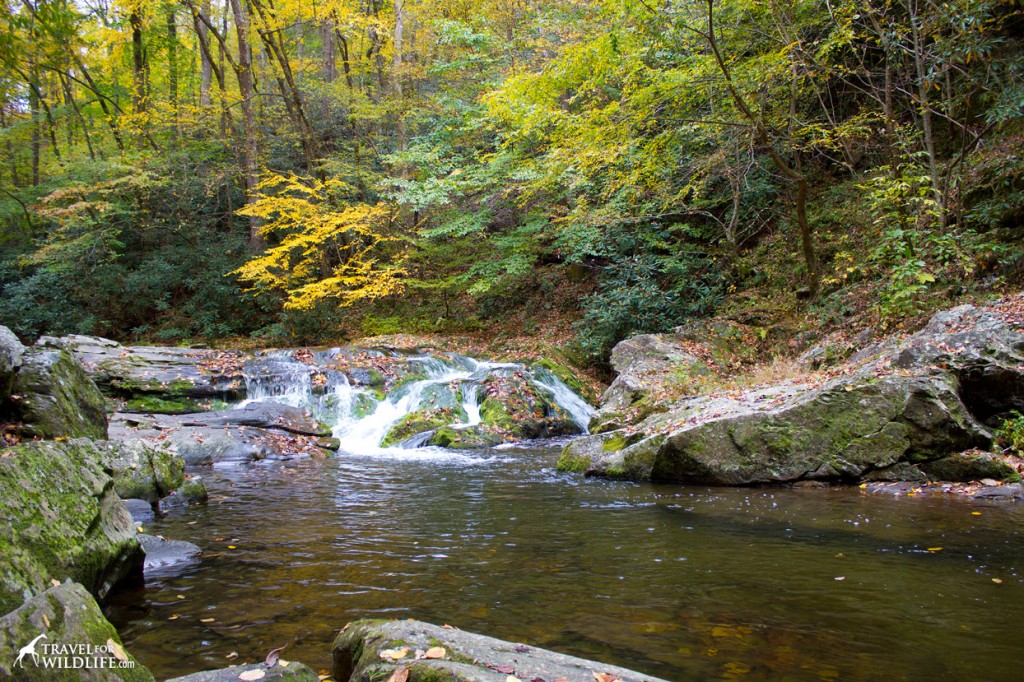
What can you do?
Always buy microbead-free cosmetics. This might sound easy but how do you know which cosmetics have microbeads and which haven’t? You can check their ingredients: Polyethylene is the main type of plastic microbead used in exfoliators, so if your product includes this, it is highly likely that these beads will be contributing to the growing problem of microplastic pollution in our oceans and food chain.
Other plastic types to be aware of include oxidised polyethylene, polyethylene terephthalate (PET), polymethyl methacrylate (PMMA), nylon and polypropylene.
2 – Reduce your meat consumption
Every day, land is cleared to be turned into grazing land for cattle, or to grow feed (primarily corn and soy) for all that livestock.
Even if you’re eating local “happy” grass-fed meat (and not cattle raised where Brazilian rainforest used to be) those cows still need a place to pasture. Land was cleared in your area for these cows to live. Wildlife was displaced or killed so we could have our local steaks. We can thrive on plant-based foods using only a small fraction of the same land and return the rest to wildlife habitat!
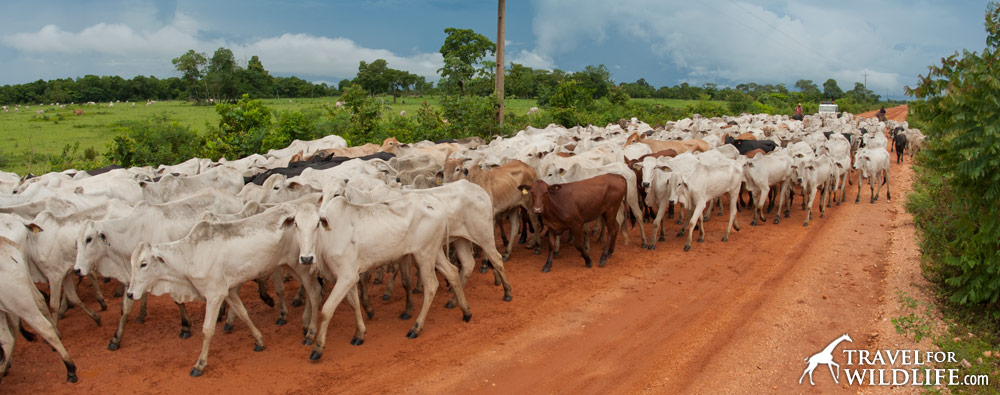
The war on wolves? Ranchers feel their livelihoods are threatened by wolves. I won’t even go into the ridiculousness of this statement, but this is the excuse that ranchers give when they shoot wolves: to protect their livestock (your steak). If we didn’t insist on eating so much meat, there would be no reason for so many millions of head of cattle to run unguarded on public lands where predators roam. Problem solved. Wolves run free. OK, maybe it’s not quite that simple, but there is an obvious connection between the demand for meat and the number of predators killed by ranchers.

Did you know that approximately 1,850 gallons of water are needed to produce a single pound of beef as opposed to the 39 gallons of water needed to produce a pound of vegetables? Quite shocking.
On top of all that, the livestock industry is the leading producer of methane gas, one of the most powerful greenhouse gases that is causing global climate change.
I could write a whole article on this. Or a book. Or make a documentary. Luckily, someone else just did! Go watch the Cowspiracy documentary for more info on how the meat and dairy industry are destroying our wild habitats.
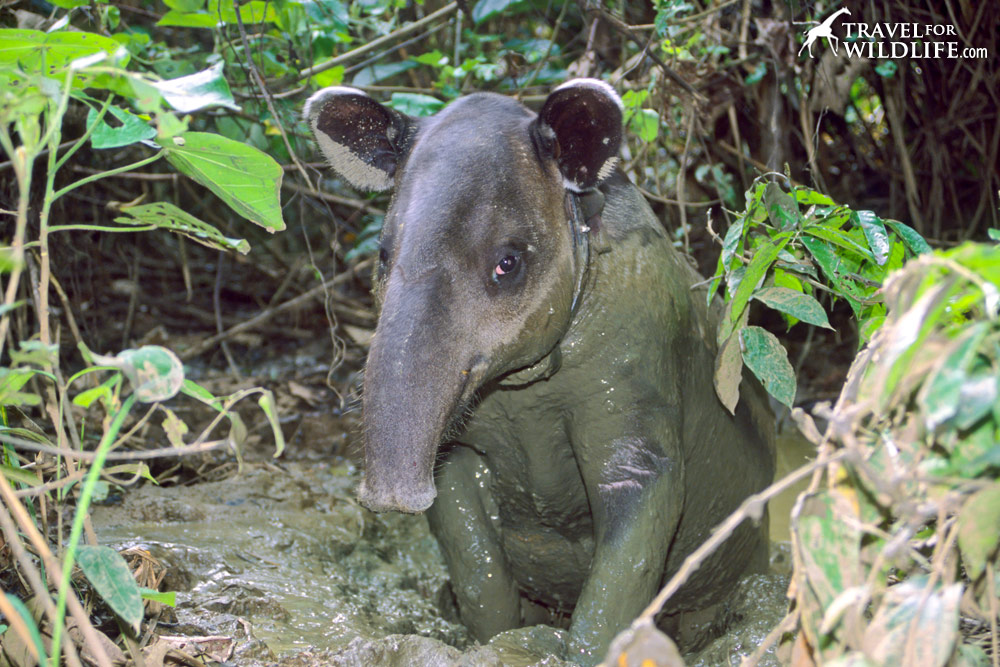
What can you do?
We are not saying that you have to completely stop eating meat today. Start by cutting back and choosing wisely where your meat comes from.
For so many different reasons, simply choosing a plant-based diet is the single most powerful choice you can make to help wildlife and natural habitats world wide.
3 – Read the labels for hidden palm oil
Avoid palm oil like the plague. This might sound easy, but the truth is that palm oil is almost everywhere. It is found in roughly half of the packaged food products found in the US. Half of them! These products include snack foods like cookies, sodas, crackers, chocolate products, potato chips, and cereals.
Why is palm oil bad?
Palm oil production is now one of the world’s leading causes of deforestation. In South East Asia, it is the main cause of orangutan, elephant, and tiger habitat loss. You might have read about the many fires in Indonesia and Borneo every year and the high levels of smoke pollution hovering around that region. Since 2000, Tesso Nilo National Park in Indonesia has lost 40% of its tree cover due to, in great part, these slash-and-burn land-clearing fires which are used to clear forest for illegal palm oil plantations.
“This year alone 276 companies have been involved in land-burning cases in several areas across Indonesia, 147 of which had obtained land-management permits from institutions other than the Environment and Forestry Ministry” (see the whole article at The Jakarta Post here).
During these fires, airports close due to bad visibility, and respiratory problems increase. But Conflict Palm Oil (palm oil originating from plantations that have developed land without consultation or compensation to local people, resulting in social conflict) is not only a local problem, it is a global problem. The clearing of rainforests for new plantations is releasing enough carbon pollution to have a significant impact on the global climate, making Conflict Palm Oil a major driver of human induced climate change.

Let’s be clear. Not all palm oil is conflict palm oil. Some growers have a sustainable palm oil certification, where habitat has not been destroyed for the growing of this crop.
What can you do?
As stated above, check the ingredient list of the products you buy and if you can’t find one that has sustainable palm oil, find an alternative food product. Don’t support habitat loss.
And guess what? There’s also an app for that. You can use the Sustainable Palm Oil App to find out if what you are buying contains palm oil, and if it has been grown sustainably.
Are you a Nutella addict? Nutella’s palm oil is 100% traceable segregated, RSPO-certified palm. Meaning, it is sustainable. Do I hear a sigh of relief?
4 – Souvenirs made with wildlife parts
This is more common that you might think. Starfish, dried seahorses, alligator heads, coral, sea shells, sea turtle shells…and the list goes on. They are all victims of tourism. We all want to take something back from our vacation, right? But that coral and starfish and the little blowfish on a string were once alive in the ocean. For us to take it home as a souvenir, someone had to take it out of the ocean and kill it. Even if the occasional product has been scavenged already dead, buying one creates more demand, and living things will end up getting killed to meet that demand. Even those empty sea shells have a purpose in the ocean. When the animal dies, their shells are used by other animals, like hermit crabs, for shelter. If we take those away, we are taking away their only source of housing!
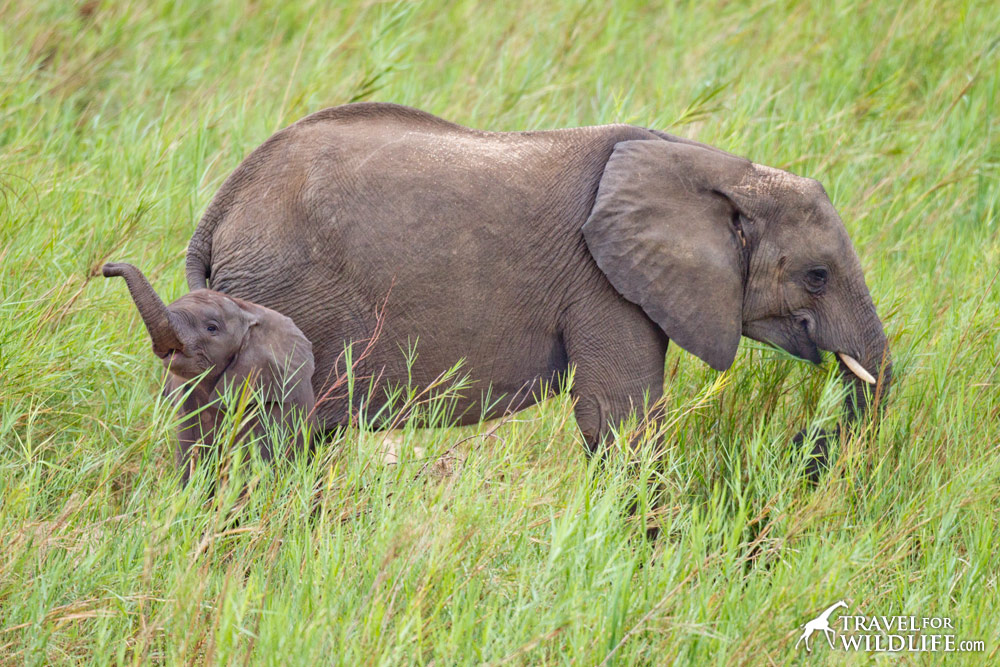
An extreme case, for example, is the case of the Hawksbill sea turtle. Even though the hawksbill is critically endangered, they are still hunted, and their shells turned into jewelry, guitar picks, and other trinkets. We, as tourists can help save the hawksbill sea turtle by not purchasing “tortoiseshell” items (they are not really made from tortoise but from the hawksbill sea turtle). Watch the video and learn more at Too Rare To Wear.
Even though some of these souvenirs may not be illegal to buy in other countries, they may be illegal to bring back to your own country. It will save you a lot of headaches if you don’t support this wildlife trade. The Make a Good Buy guide by WWF is a great place to start. And of course, just because it’s legal doesn’t mean it’s right!
Wildlife souvenirs aren’t just a problem in other countries. Right here in the U.S. wildlife product souvenirs are rampant. Walk into any tourist shop in Florida and you’ll find loads of these things. Even here in the NC mountains in the Cherokee reservation we found a shop that sells bear paws, animal teeth, and even wolf, arctic fox, and cougar pelts.
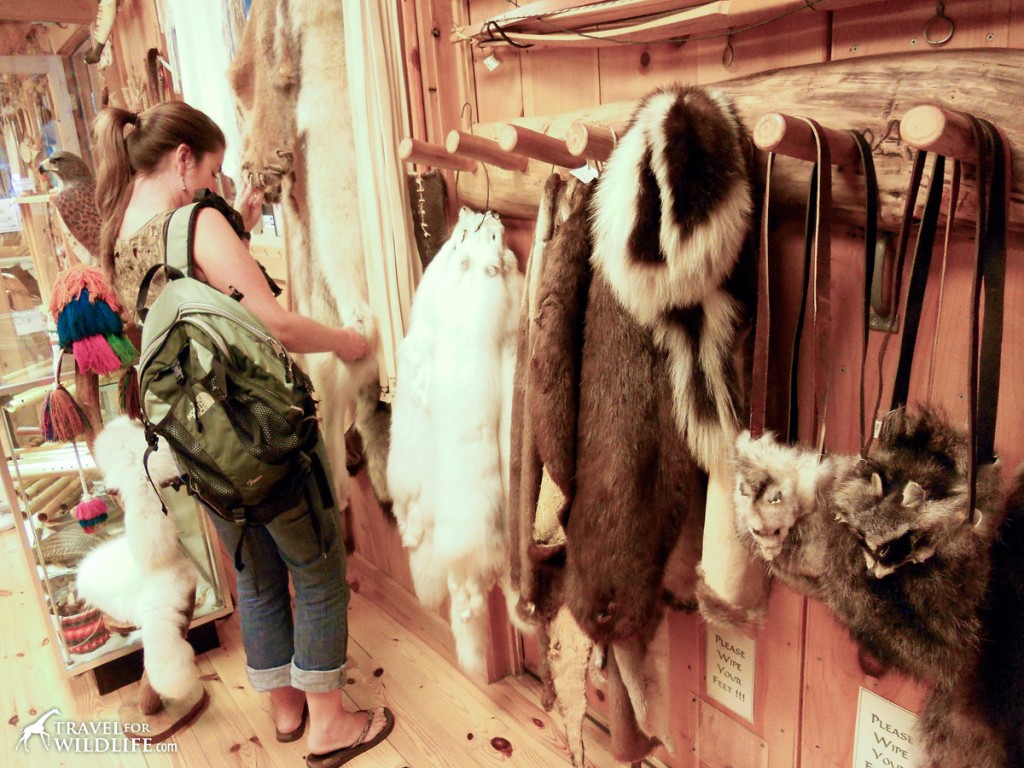
Don’t fall into the shark/bear-tooth necklace nonsense! Buying products made from any part of wildlife, from bones to skin to fur to feathers, simply creates more demand and will lead to animals being killed.

5 – Seafood belongs in the sea
Yes, seafood is meat, but I thought it deserved its own section. As with the livestock problem, we could probably write a whole book on how bad the seafood industry is for our ocean’s wildlife and habitats.
With over 7 billion people (and rising) living on this planet, it is no wonder that we have exploited ¾ of the world’s fisheries. Many have even been depleted, yet we are still harvesting fish, day after day, at an ever-accelerating pace, even though we know we could have empty oceans in a few decades. It just doesn’t make sense.
The problem with fishing is not just the fish that are caught intentionally. It is also the many other animals that are killed unintentionally in the process, known as bycatch.
Every year, fishing vessels kill 650,000 seals, dolphins, and whales. 40-50 million sharks die every year in the nets. Sea turtles also get entangled and die a slow death. It is estimated that for every pound of fish caught, up to 5 pounds of bycatch are taken and left to die. Crazy to think that for one pound of fish that you put on your plate, another five were thrown to the trash. It is not sustainable.
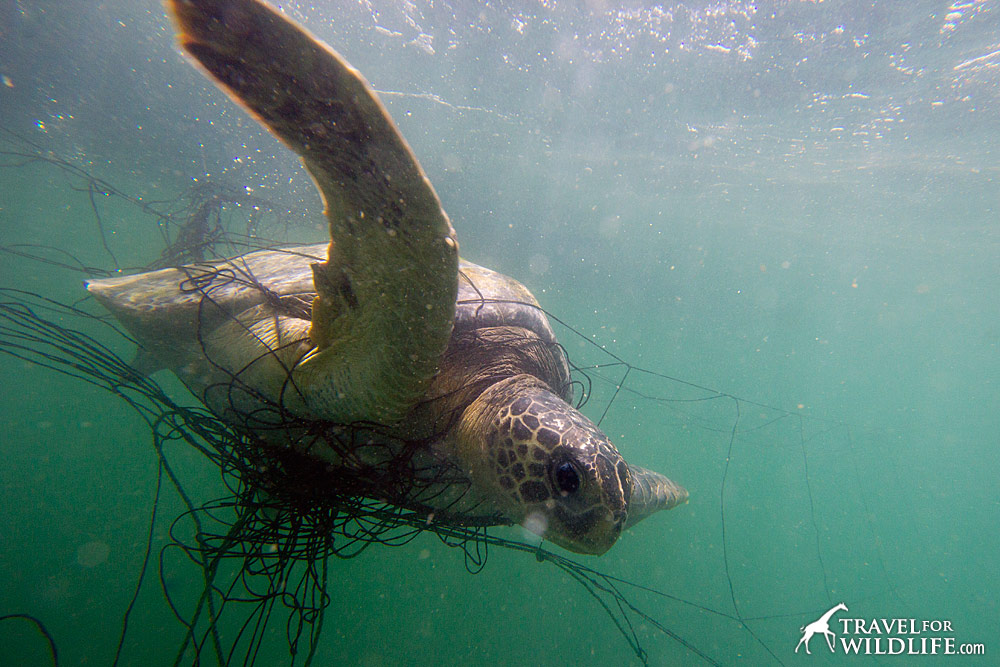
The shrimp industry uses bottom otter trawl nets to harvest shrimp. These trawls are cone-shaped nets that are dragged along the bottom of the ocean while catching shrimp and other seafood, and destroying the sea floor along the way like a bulldozer.
“The major negative impact of bottom otter trawls on the biological environment is related to the capture and frequently discarding of non-target sizes and species both of fish and non-fish species.” – Food and Agriculture Organization of the United Nations
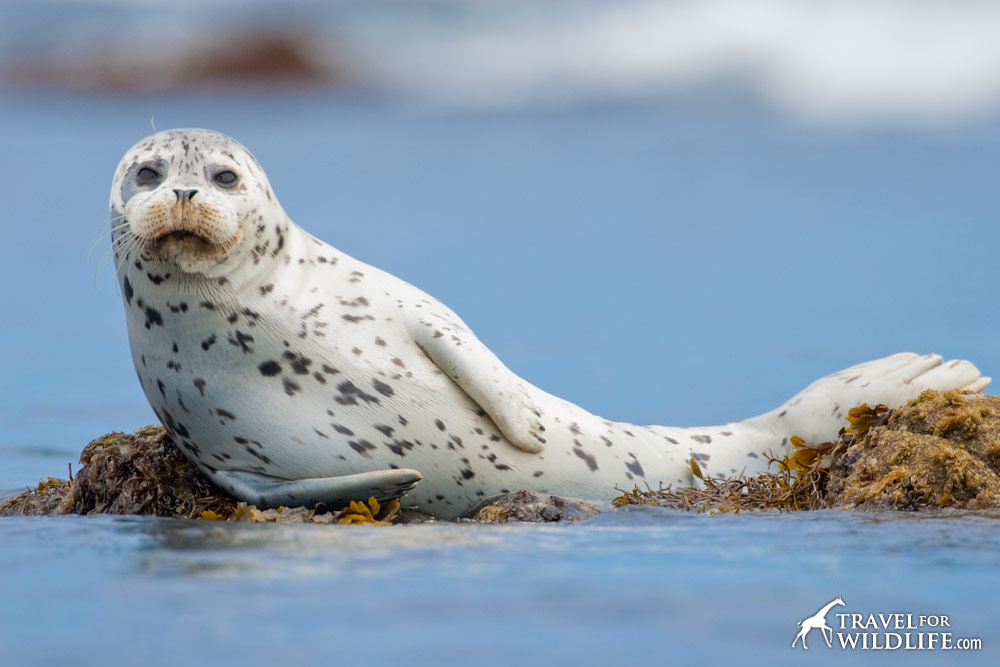
And it’s not just the wild fish that have a grim story. In Scotland, for example, in 2015, Scottish salmon farmers have shot over 100 seals to “protect” the salmon farming industry. Coastal fish farming operations create a wide range of negative environmental impacts. Just because it’s farmed doesn’t mean it’s good for wildlife and the environment! Cutting down on your seafood intake is a great way to help our ocean’s amazing wildlife.
It can be done!
We are not saying that you need to militantly follow all of these suggestions (but hey, if you do, you’re awesome!) But a little change every day will help A LOT. The small decisions you make each day can help protect the world’s habitats and all the incredible wildlife who depend on them to survive. If you care, you can and will make a difference. Thank you!

Cristina Garcia
Zoologist and wildlife photographer. She has worked in the field with jackals, wolves, cheetahs, & leopards. She serves on the Board of Directors of SEE Turtles, a non-profit sea turtle conservation organization.
Read her posts at Travel For Wildlife and see more of her work at Truly Wild, & Our Wild Yard.

